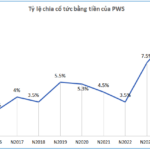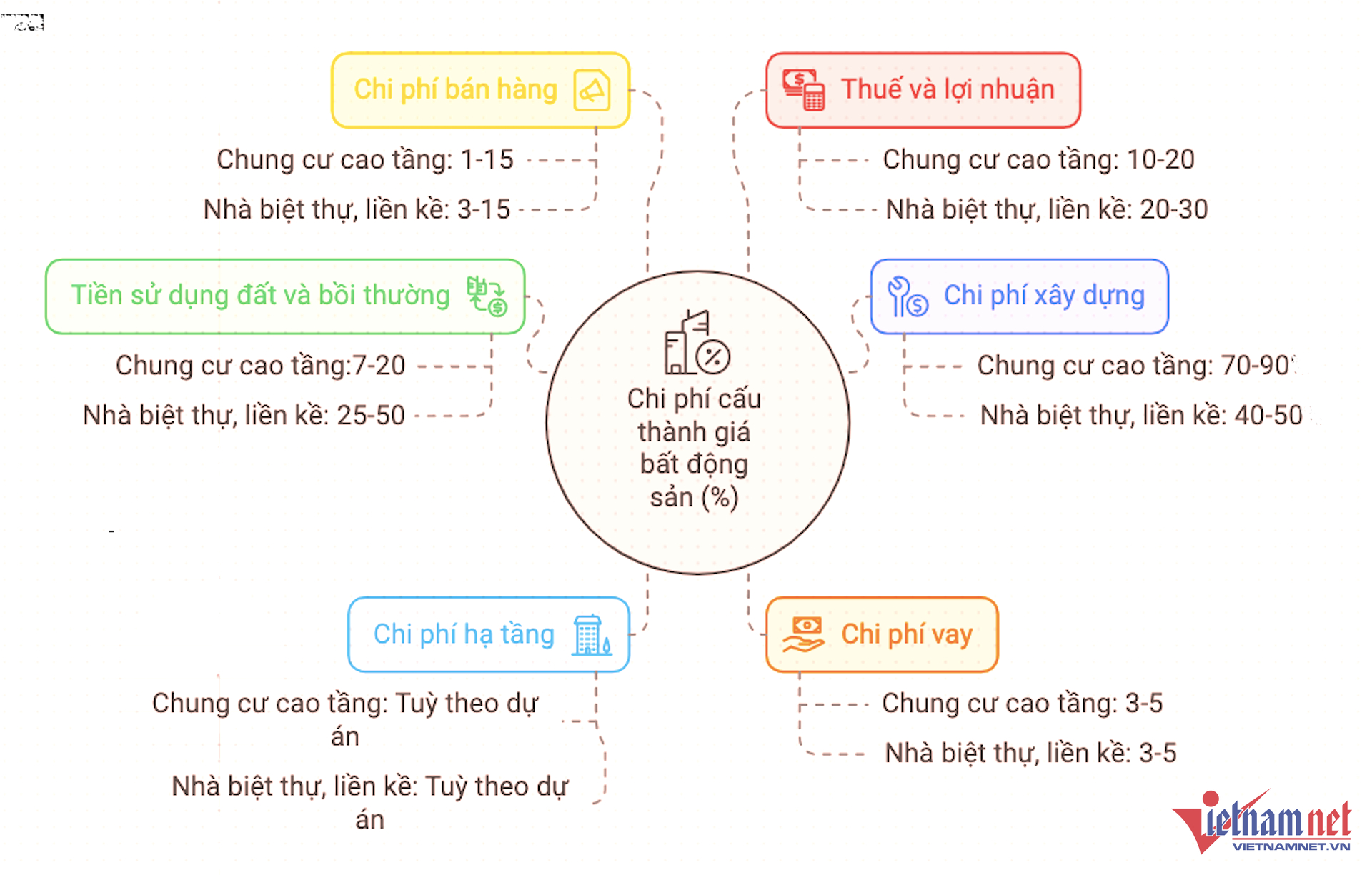The soaring property prices are deterring many from starting a family as they cannot afford to buy a home. Currently, the birth rate in Vietnam has dropped to its lowest level in history and is expected to continue declining in the coming years, posing significant socio-economic challenges and having an increasingly noticeable impact on the housing market.
Along with the trends of late marriages and the prevalent mindset of “reluctance to marry and procreate” among young people, especially in large cities, Vietnam is undergoing a rapid population aging process. According to the General Statistics Office, the average age of first marriage has increased from 24.1 years old in 1999 to 27.2 years old in 2024. Meanwhile, the birth rate in 2024 halved compared to 1989, reaching an all-time low of 1.91 children per woman, with a faster downward trend in the last two years.
Notably, in large cities like Hanoi and Ho Chi Minh City, the birth rate is approaching the “seriously low birth rate” region (below 1.3 children per woman) according to the United Nations classification. One of the reasons for this, as the Vietnam Asset Research and Assessment Institute (VARS IRE) has informed, is the soaring living costs, especially housing prices, which have set new price levels far beyond the average income of young people. The trend of “reluctance to marry and procreate” is not only a consequence of the high cost of living but, in the long run, will also become a factor that negatively affects the real estate market.
Many people argue that population growth is a reason for the increase in property prices. However, with the current decline in the birth rate, if people stop procreating, will property prices go down?
According to VARS IRE’s analysis, the decrease in birth rates leads to a reduction in household size and the number of new households formed, along with a decline in the population of working-age and marriage-age individuals – the core customer group of the real estate market. This weakens the overall housing demand and shifts the demand structure towards favoring smaller and more cost-effective properties instead of larger ones.

The decrease in birth rates leads to a reduction in household size and the number of new households formed.
With the actual demand shrinking, the absorption rate in the market declines noticeably, especially in segments that do not align with the new demographic trends. Meanwhile, house prices remain high and inflexible, making it challenging to sell large apartments with high total values. As a result, there is a risk of increasing inventory, slower capital turnover, and liquidity pressure on investors, forcing the market to consider adjusting product structures, pricing strategies, and financial solutions to stimulate demand.
In a context where house prices are continuously rising beyond the financial reach of most people, while incomes – especially those of young people – are failing to keep up with the pace of price increases, a large portion of this generation is gradually giving up on the dream of owning a home and opting for long-term rentals instead. This situation not only affects the demand for real estate but also negatively impacts marriage and childbirth decisions, exacerbating the potential for a further decline in birth rates in the future.
The experiences of countries such as Japan, South Korea, and Singapore show that prolonged low birth rates coupled with high housing prices have led to a shortage of young labor, a significant increase in social welfare burdens, and pressure to maintain economic growth.
To avoid falling into a similar vortex, the state needs to implement synchronized policies to control housing prices at reasonable levels, expand the supply of affordable housing, provide financial support for young people to buy houses, and combine measures to encourage marriage and childbirth to ensure a stable demographic foundation for sustainable development.
Firstly, continue to strongly promote the development of social housing in large cities with high housing demand. At the same time, develop social housing models for rent and rent-to-own, with the state taking the lead in forming and developing this housing fund to meet the actual housing needs of low-income groups and young people who cannot afford to buy houses.
Secondly, the state needs to continue researching mechanisms to encourage enterprises to develop commercially affordable housing through preferential policies such as administrative procedure simplification, credit support, or priority in bidding for subsequent projects.
Thirdly, it is necessary to encourage real estate businesses to transform their business model from “build-to-sell” to “build-to-rent,” aiming for stable and sustainable cash flow in the long term. This model has been successfully applied in many developed countries and can be supported through real estate investment funds (REITs) or public-private partnership models, where the state provides land and infrastructure, and enterprises take charge of investment and operation through specialized management units.
The Power of Compound Interest: Turning Idle Funds into a Million-Dollar Journey
With just a few taps and a Super Interest Account, countless individuals have unlocked a world of opportunities: idle funds generating daily returns, exclusive vacations to Las Vegas with ‘Say Hi’ Brother, becoming proud owners of the iPhone 16 Pro Max, and even winning grand prizes worth up to VND 1 billion.
Unveiling the Secrets Behind Soaring Condo Prices: A Guide to Navigating the Ever-Changing Real Estate Market
According to PropertyGuru Vietnam’s insights, a slew of condominium projects in Hanoi have witnessed significant increases in their asking prices. Among these projects, Mon City, Sudico My Dinh, The Golden An Khanh, and Gold Season stand out with their notable price hikes.











































